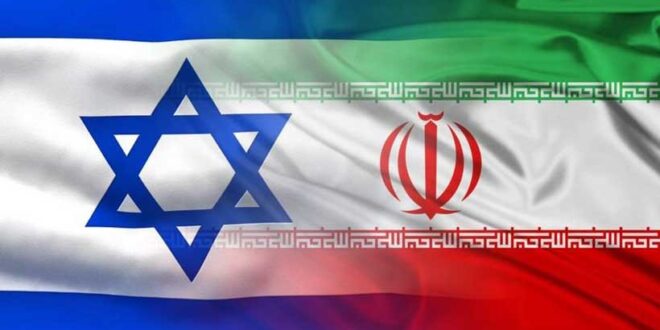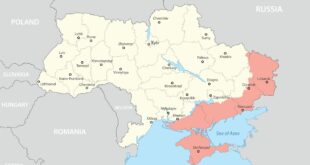The recent Israeli airstrikes against Iranian military installations mark another peak in the prolonged and complex hostilities between Israel and Iran. These actions reflect not only Israel’s readiness to challenge Iran’s growing regional influence but also a careful, strategic response meant to deter, rather than incite an all-out war. The targeted strikes focused on missile production and defense systems, sidestepping critical infrastructure like oil fields or nuclear facilities—a choice that hints at a calibrated Israeli strategy. This restraint, however, may only be temporary, given the sustained threats posed by Iranian-backed groups like Hezbollah and Hamas, and Tehran’s advancing missile capabilities.
Iran’s retaliation has so far been moderate, claiming minimal damage from the strikes while affirming its defensive capabilities. Beneath this rhetoric lies a stark reality: Iran’s missile program is a formidable threat, capable of destabilizing Israeli security and testing Israel’s defense strategies. The October 1 missile assault from Iran—launched in a dramatic show of force—underscored Tehran’s ability to escalate tensions on a regional level. This tension ripples outward, implicating major regional players like Saudi Arabia and Turkey, who are closely watching how these hostilities might impact their own security and strategic interests.
The United States plays a pivotal role, aiming to curb any dramatic escalation while supporting Israel’s right to self-defense. The Biden administration, wary of further instability in the Middle East, has emphasized restraint, possibly blocking any moves by Israel to target critical Iranian infrastructure. This approach aims to maintain a delicate balance that avoids drawing the U.S. and its allies into a wider conflict. Meanwhile, the Iranian government has exploited U.S. restraint as an opportunity to further entrench its regional proxies, which it uses as leverage in its ongoing shadow war with Israel.
At the heart of this standoff is a grim reality: the cycle of hostilities has deepened civilian suffering and impeded peace in the region. The indirect costs of this prolonged confrontation are devastating—evictions, civilian casualties, and interrupted daily lives remain constant in regions caught in the crossfire. As both nations pursue deterrence through show-of-force tactics, the potential for miscalculation rises, and with it, the risk of a broader conflict.
Looking ahead, the central question remains whether these strategic strikes and retaliatory measures are deterring further escalation or simply prolonging an inevitable clash. A diplomatic solution remains uncertain, with both nations firmly rooted in their opposing objectives. For Israel, maintaining regional security and countering Iran’s influence remains paramount, while Iran continues to press for its ideological and geopolitical influence through an expanded missile program and deep-rooted alliances with proxy forces. The stakes are incredibly high, and if diplomacy falters, the Middle East could face a severe reshuffling of power dynamics, impacting global security for years to come.
 Geostrategic Media Political Commentary, Analysis, Security, Defense
Geostrategic Media Political Commentary, Analysis, Security, Defense





